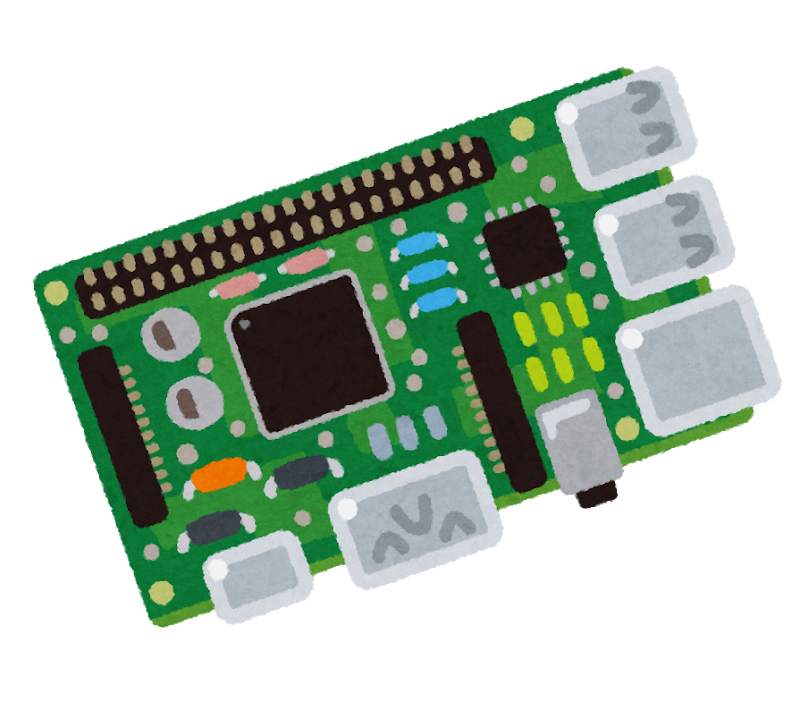

Not more but I would say it offers some additional options and integrations, because it’s api based. For example, on my server I connected it with ntfy.sh which executes the command to pull the update, for the apps’ docker container. (It’s working 90% of the time)



Mine already died. Now i have to wait…